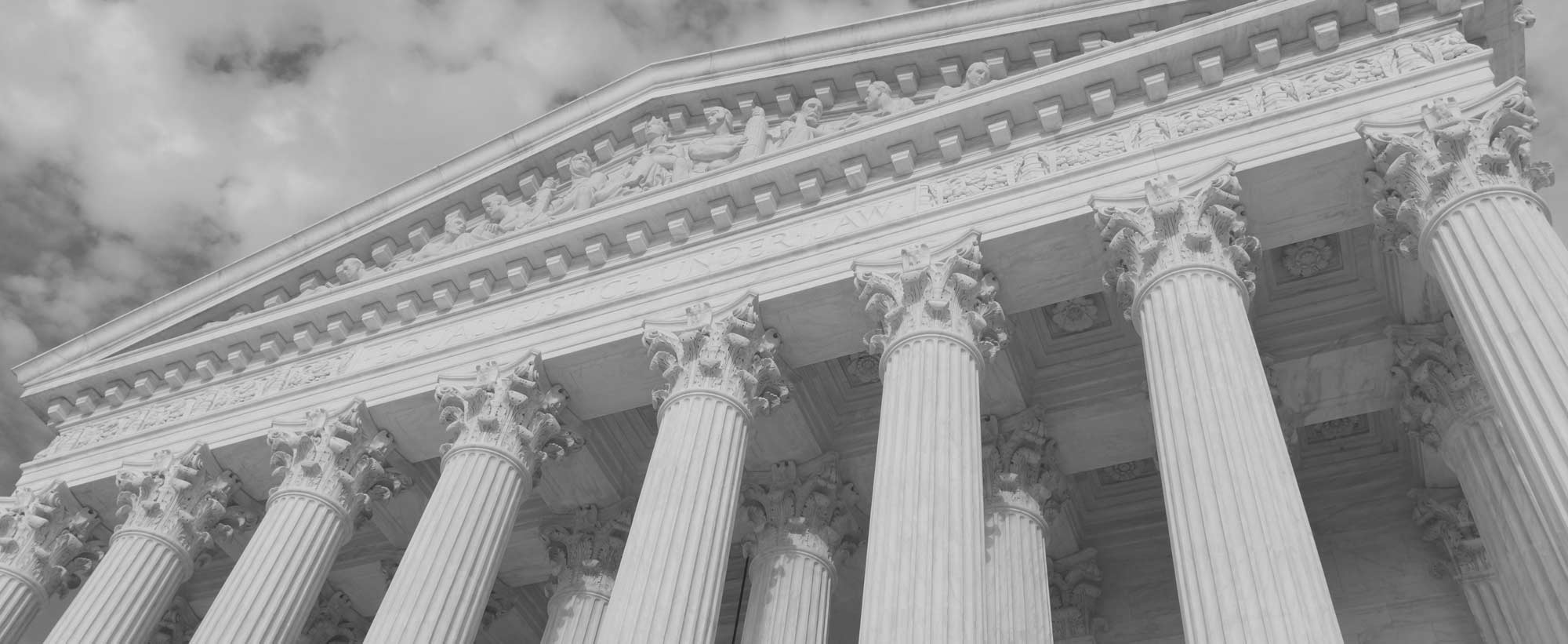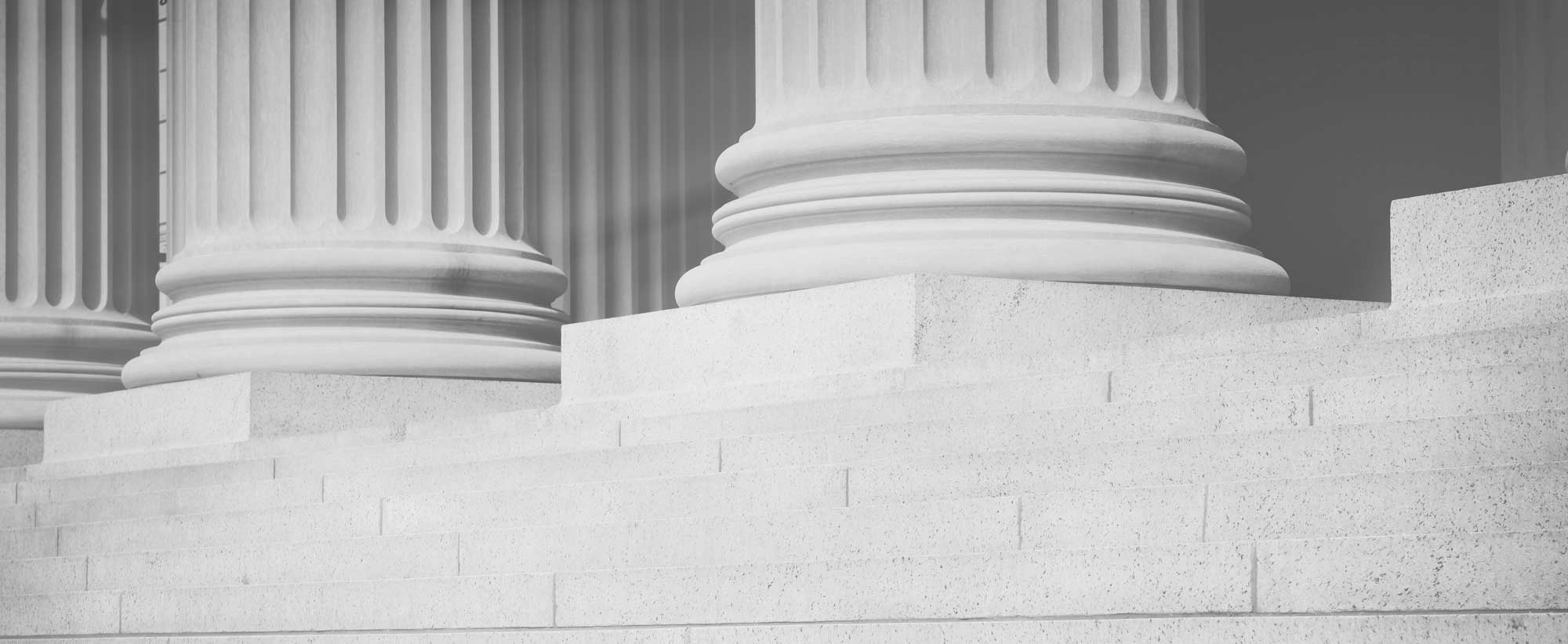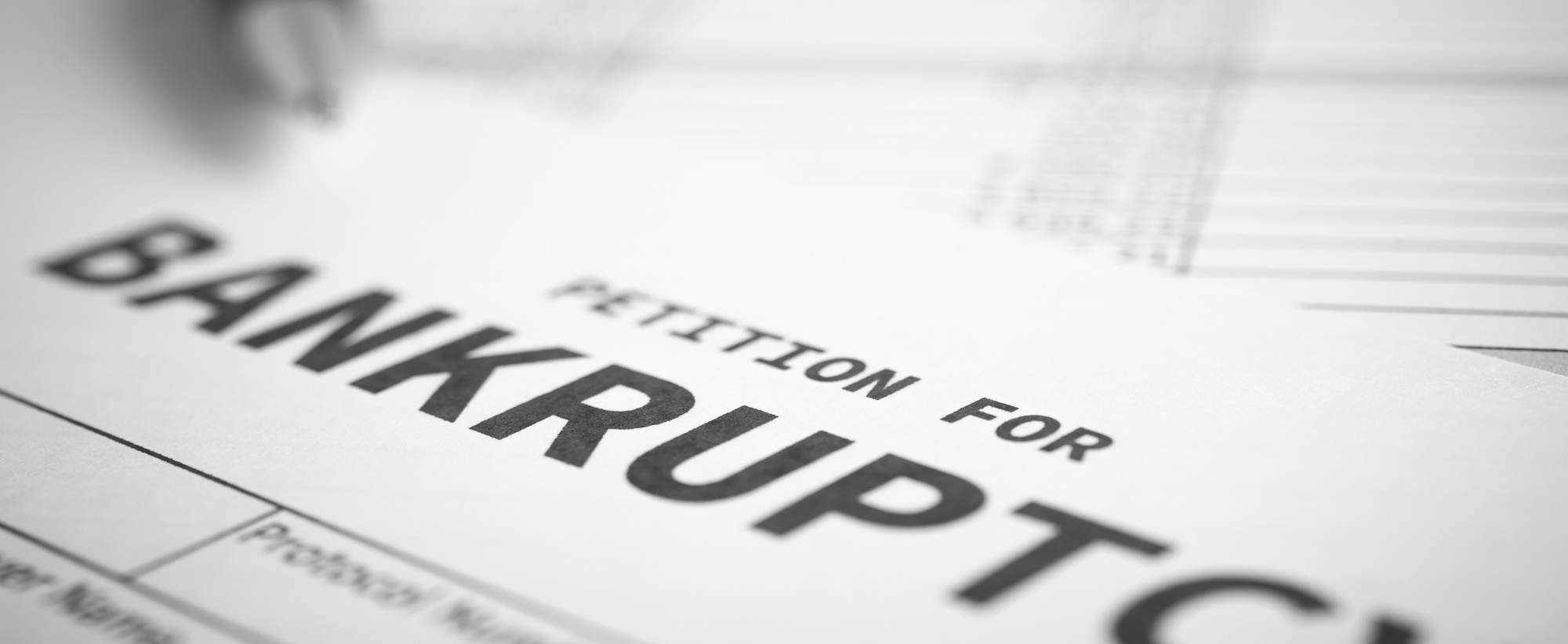There have been some important provisions added to the U.S. Bankruptcy Code during the coronavirus pandemic that make qualifying for bankruptcy and achieving debt relief a smoother and easier process for those facing financial challenges due to COVID-19. Under these new laws, which introduced and expanded certain personal and business bankruptcy provisions aimed at minimizing the economic impact of the novel coronavirus, individuals and business owners who have been affected by job loss or business closures as a result of COVID-19 have more opportunities to seek protection under Chapter 7, Chapter 11, or Chapter 13 of the Bankruptcy Code. To learn more about the new bankruptcy laws put in place during COVID-19, consult a reputable bankruptcy attorney right away. Many of these provisions are temporary and you don’t want to miss your chance to get the financial help you need.
What You Need to Know About Bankruptcy Laws
Filing for bankruptcy is an important decision and many people who see bankruptcy as a poor choice simply don’t understand the process or see how it can work in a debtor’s favor. Last year, the coronavirus pandemic brought the global economy to a screeching halt, and the U.S. still has not fully recovered. The outbreak forced businesses to close and millions of people lost their jobs. Many of those people are now burdened by debt for reasons that are simply beyond their control. Fortunately, the amendments the federal government has made to the Bankruptcy Code in response to COVID-19 have made it easier for debtors to qualify for bankruptcy and have also made the bankruptcy process simpler and more efficient. The following are some of the new bankruptcy laws that could affect debtors filing bankruptcy due to COVID-19 and a brief description of each.
Small Business Reorganization Act of 2019
Although Chapter 11 bankruptcy is the most common type of business bankruptcy, the Chapter 11 process can be expensive, complicated, and time-consuming, which has made it an impractical debt-relief option for many American small businesses. The Small Business Reorganization Act of 2019 (SBRA), which went into effect on February 19, 2020, addressed this problem by adding a provision to Chapter 11 bankruptcy known as Subchapter V. The purpose of SBRA was to “expedite and reduce the cost of bankruptcy for small business debtors to reorganize their debts and save their businesses,” said Cliff White, director of the Justice Department’s U.S. Trustee Program, in a press release issued in February 2020. Among other things, Subchapter V gave small business debtors more flexibility in negotiating with creditors, imposed shorter timelines for completing the Chapter 11 bankruptcy process, and provided a trustee to work with debtors and creditors in developing a plan of reorganization.
Coronavirus Aid, Relief, and Economic Security (CARES) Act
Millions of people nationwide have struggled to survive the economic challenges brought on by the novel coronavirus. The federal government responded to the economic fallout of the COVID-19 outbreak by passing the Coronavirus Aid, Relief, and Economic Security (CARES) Act, a $2.2 trillion-dollar stimulus bill that provided much-needed economic relief to individuals, families, and small businesses across the country. The CARES Act, signed into law on March 27, 2020, also expanded the scope of the SBRA to cover more small businesses seeking relief from debt under Chapter 11 of the Bankruptcy Code. Among other things, the CARES Act temporarily increased the debt eligibility threshold for Subchapter V, allowing businesses with up to $7,500,000 in secured and unsecured debt to qualify for Chapter 11 bankruptcy, a significant increase from the standard debt threshold of $2,725,625. These changes are set to expire on March 27, 2022.
Consolidated Appropriations Act of 2021
Another new law meant to streamline the bankruptcy process during the COVID-19 pandemic and supplement the CARES Act is the Consolidated Appropriations Act of 2021 (CAA). This act created additional protections for those seeking relief from debt through bankruptcy, including, for example, adding a provision that prevents pandemic relief payments from being considered property of the debtor’s estate. That means the relief payments distributed during the COVID-19 crisis cannot be used to fulfill financial obligations owed to creditors in bankruptcy. The CAA also permits certain small business debtors to apply for Paycheck Protection Program (PPP) loans after filing bankruptcy. These changes and others made by the CAA will be in effect until December 27, 2021, or December 27, 2022, unless they are extended further.
Bankruptcy Relief Extension Act
On March 27, 2021, the day the coronavirus-related bankruptcy provisions established under the CARES Act were set to expire, President Biden signed into law the Bankruptcy Relief Extension Act, which extended those provisions for another year, through March 27, 2022. Under the Extension Act, the debt eligibility threshold for small business debtors filing bankruptcy under Subchapter V of Chapter 11 remains at $7,500,000. Furthermore, the Act excludes federal coronavirus relief payments both from being treated as “income” for the purposes of filing a Chapter 7 or Chapter 13 bankruptcy, and from being considered disposable income for the purposes of confirming a Chapter 13 repayment plan. Under the Act, individuals and families with a Chapter 13 bankruptcy case who are experiencing a material hardship due to COVID-19 are also permitted to pursue modifications to their repayment plan, including possibly extending their plan payments for up to seven years.
Qualifying for Bankruptcy During COVID-19
Several bills passed since the coronavirus crisis began have included provisions aimed at making the bankruptcy process smoother, more equitable, and more efficient for debtors grappling with the uncertainty and economic distress caused by COVID-19. Sadly, people all over the country continue to experience unprecedented financial hardship as a result of the coronavirus crisis. For those considering filing personal or business bankruptcy due to COVID-19, the most logical first step is to consult a skilled bankruptcy attorney with experience handling Chapter 7, Chapter 11, and Chapter 13 bankruptcy cases. Once you have a clear understanding of the various types of bankruptcy available to you, you can make an educated decision about which debt-relief solution is right for you, your family, or your business.



